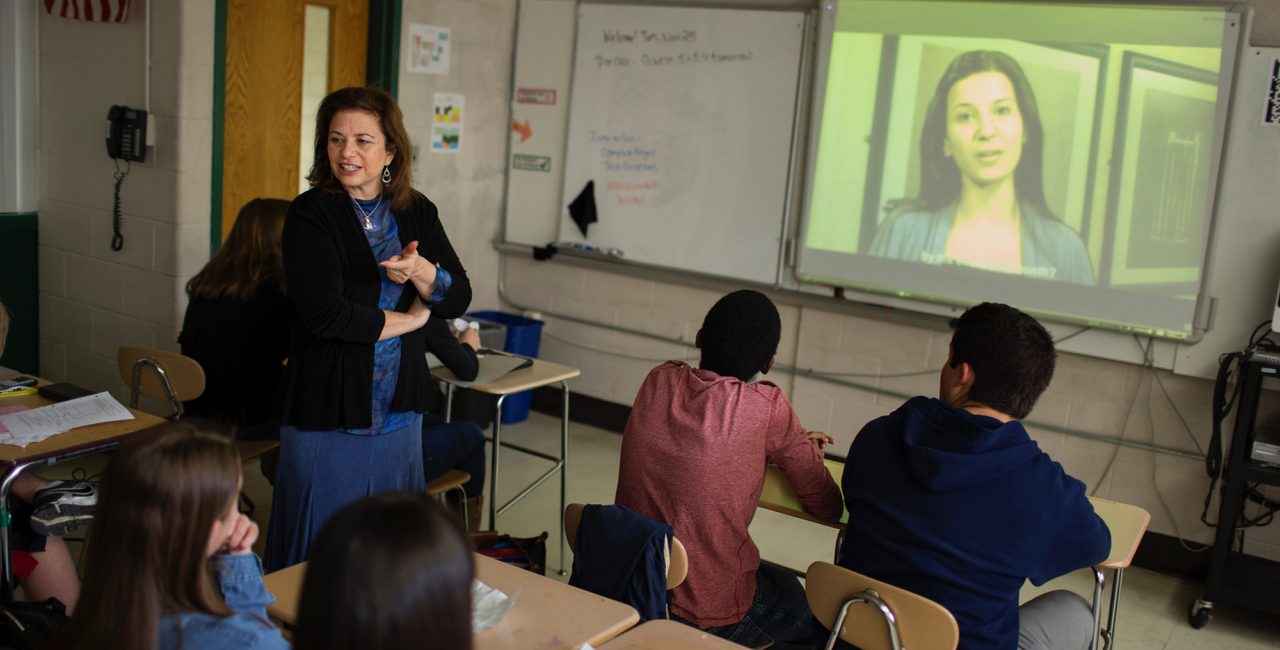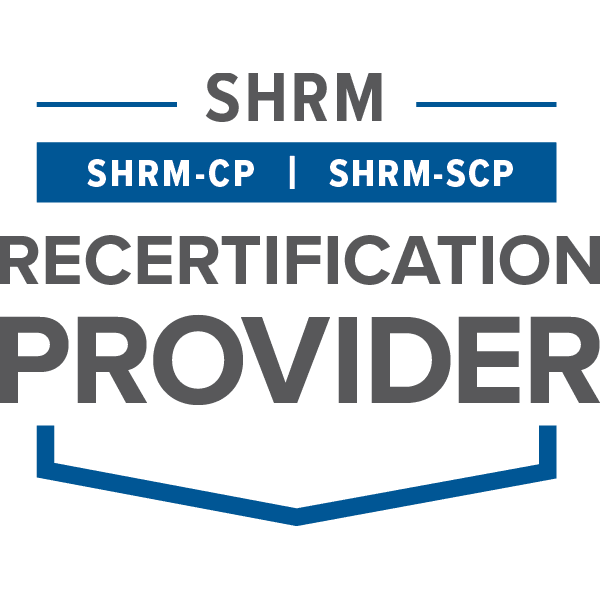
Pop Quiz:
- What is the connection between computer network topologies and a Malaysian wedding?
- Discuss the connection between water desalination and making pickles.
If you don’t know the answers, don’t worry. There’s an uncomplicated way to solve these problems, and many more, with an innovative online teaching tool called MIT Blossoms, where you won’t learn the connections you are looking for, but instead develop critical ways of thinking about the answers you find.
“BLOSSOMS is an online teaching tool where student and teacher can watch a video on a particular subject and then use that video to encourage creative and critical thinking in the classroom,” explained Richard Larson, a Mitsui Professor of Engineering Systems and Director of the Center for Engineering Systems Fundamentals at MIT. He co-founded the BLOSSOMS program with Elizabeth Murray, co-director of MIT LINC (Learning International Networks Consortium). “The videos are not designed for students to just sit and watch them; they’re designed to inspire as well as educate.”
The idea for BLOSSOMS came to Larson and Murray during a visit to a rural school in China where the educators watched as a videotaped lecture enlivened an otherwise cold, bleak classroom. The teacher paused the lecture from time to time to engage with the class. The interruptions worked, but awkwardly, prompting Larson and Murray to wonder what would happen if they created video lessons that were designed to be interactive. They envisioned video lessons dovetailed with engaging activities for teachers to do with their students.
“It was important from the start that the videos for BLOSSOMS also be a cross-cultural experience for the students,” Murray explained. “For example, from Mexico we have a video about the power of young people developing a positive psychology about themselves. In it the presenters demonstrate how dancing is a positive activity because it makes you feel good, and they illustrate it through traditional Mexican dance styles that connect with their culture.”
To date, more than half of the videos available on BLOSSOMS were created and/or are presented by women and/or minorities. They include all major religions, skin colors, and age ranges, with videos created by experienced educators from around the world, including university professors and graduate students, high school teachers, scientists, and people from the industry.
BLOSSOMS currently has lessons available in twelve difficult language including Arabic, English, Farsi, Hindi, Japanese, Kannada, Korean, Malay, Mandarin, Portuguese, Spanish, and Urdu. These video lessons cover topics in mathematics, biology, chemistry, physics and engineering, and run the gamut from titles such as “The Mathematics of Voting” to “How Mosquitoes Fly in the Rain?” Many of them include hands-on activities that help students engage and develop critical thinking skills.
Both Larson and Murray suggested that the best ways for educators (or parents and students for that matter) to learn more about BLOSSOMS was to go to the website and watch a few of the videos to get a better sense of how they work. They also both cautioned that the key to getting the most benefit from the BLOSSOMS program was taking that next step and having teachers use them in the classroom.
“You learn from watching them,” Larson said, “but they really are most effective when they lead to discussions in the classroom and generate critical thinking in the students, which is something that’s lacking in curriculums that are designed primarily to get students to pass a state-wide test at the end of the year.”
So, parents and students need to go to teachers with the BLOSSOMS program and teachers need to go to administrators to get the programs made part of the daily curriculum. “And be sure to everyone knows the program is free,” Murray added. “That’s always something schools want to hear.”


